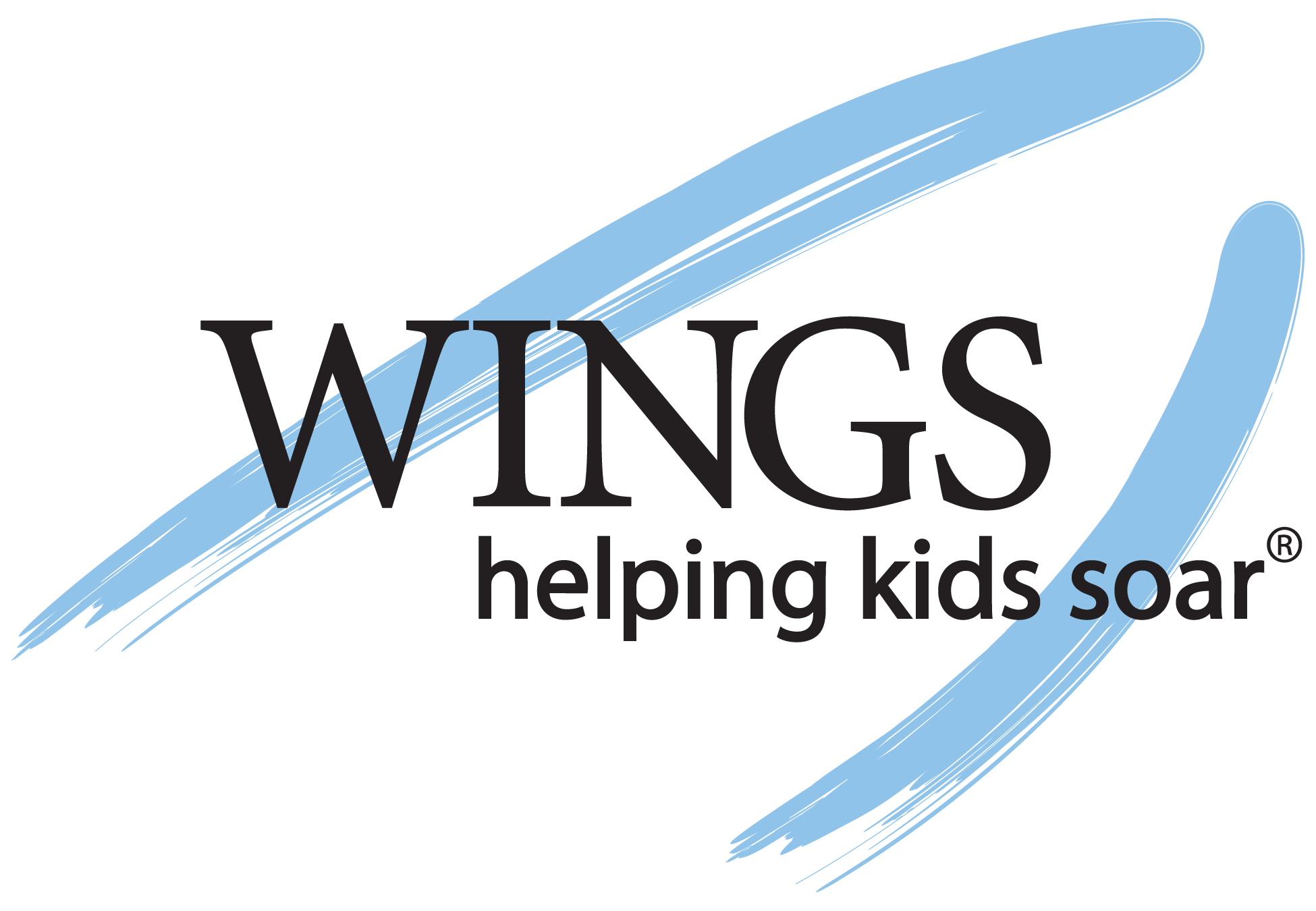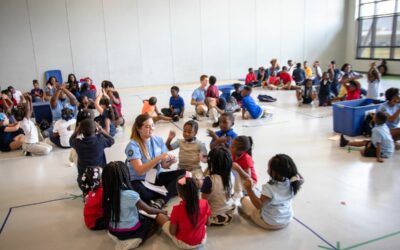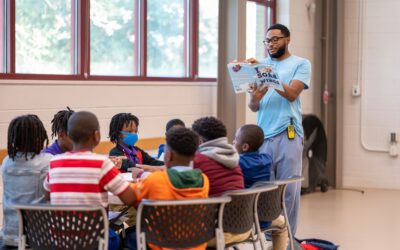What Is A Common Language?
Wouldn’t it be great if you could wave a magic wand and have everyone on the same page when it comes to SEL? We’ve all had this dream before, however, since we’re not magicians, we have to use our creativity to conjure practical approaches to learning social and emotional skills. We’ve found the most effective way is with a common language.
A common language refers to words or phrases that are commonly understood by a group of people. Frequently, it relates to distinctive words or phrases that help people communicate more effectively in an organization.
Sharing a common language within a classroom, school, or program can support a culture of belonging, foster meaningful connections, and enable effective communication as students learn the social and emotional skills they need to thrive. The use of a common language is one of the important practices needed to make SEL effective.
Examples of A Common Language
Some schools call their common language a respect contract while others call it a school creed. At WINGS, we call it Words to Live By. While each “language” has its own subtle differences, typically these words are meant to inspire, motivate, and challenge both educators and students to actively pursue accountability for their daily decisions and actions. Sometimes, the poem or pledge is posted in the hallways or in classrooms as a visual cue, reinforcing the importance of the words throughout the day to everyone who passes by.
There are many benefits to establishing a common language that go far beyond hanging a poster on the wall. When a common language is created with the intention of cultivating unified expectations and aspirations—with a defined vision for what the intended outcomes should be—it strengthens the overall culture in the process.

How A Common Language Impacts SEL
Using the same words for situations, teaching practices, and emotions is a key element in supporting the success of a common language. Repetition of the common language helps to internalize the concepts and meanings, reinforcing the positive behaviors and actions that are expected of both students and staff. When educators and students hear consistency in language, expectations, behavior modeling, and routines, it gives them a sense that there is cohesiveness and reliability in what they are learning and living.
“Repetition is the mother of learning, the father of action, which makes it the architect of accomplishment.” – Zig Ziglar
A common language also provides an avenue for consistent expectations and allows students to practice the same positive habits and behaviors universally, no matter where they are in their day. Involving the community has even more benefits as children and parents can work together to practice the same behaviors and habits at home.
and trainingsFostering A Positive Climate
From teachers to parents to community mentors, establishing a common language around social emotional skills creates a platform on which trusting relationships can develop. When everyone is involved in bolstering the common language together, a sense of identity and belonging in the community grows.
Remember saying your school pledge or singing your school’s anthem? I know I’ll never get, “We are the Eagles, the Erskine Eagles, we are the Erskine E-EAGLES!” out of my head for the rest of my life. It was catchy and had simple lyrics. Maybe not the most inspiring of songs, but when my teachers, my classmates, and I all sang it together as a group, it felt like we were all on the same team.
Thoughtful incorporation of equitable language and cultural competency increases these feelings of inclusion within a community. When educators and students are able to share a common language they feel more comfortable voicing their opinions and expressing emotions, being proud of who they are as an individual, working towards common goals, and appreciating the differences in others—furthering the progress of SEL initiatives.
At WINGS, we strive to make our program time a place for kids to feel safe, nurtured, and cared for—fostering a climate that sets them, and our staff, up for success. When we all feel like we’re on the same team, challenges feel easier to overcome.
Everyone Working Towards The Same Goals
A common language is an extremely powerful tool to support a deeper understanding of what goals and expectations you are trying to achieve with SEL. Adults can be introduced to and explore the intentions for a common language through training and professional development programs.
These workshops and trainings work to ensure everyone is on the same page, understanding the purpose of the common language and how it will meet specific needs. Educators, parents, and students can all be involved as the goals and objectives of the common language are integrated into an established culture.
Empowering students, parents, and teachers with the same goals and expectations—and the language to connect to them—can create the opportunities kids need to exercise and internalize the lessons that are critical to their success in school and in life.



